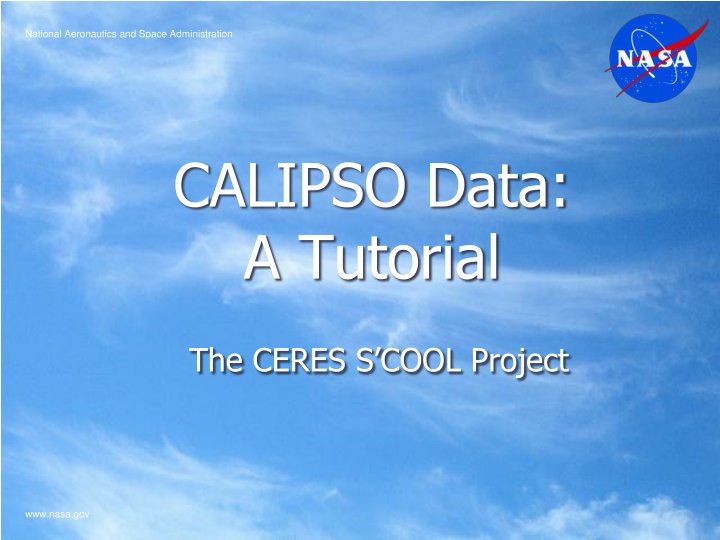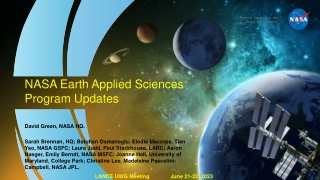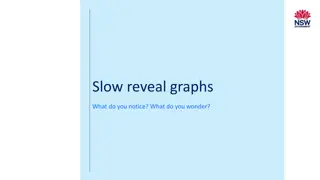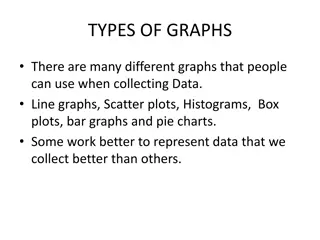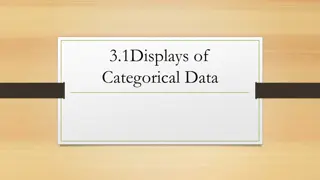Interpreting CALIPSO Data: Graphs and Visual Insights
In this tutorial by NASA's CERES S COOL Project, you will learn how to interpret CALIPSO data, including images showing sky conditions, cloud formations, dust layers, and the capabilities of lidar technology. Tips on optimal observation days and accessing overpass schedules are also provided to enhance your understanding of the data. Explore further to delve into additional CALIPSO data beyond the specific image corresponding to your observation.
Download Presentation

Please find below an Image/Link to download the presentation.
The content on the website is provided AS IS for your information and personal use only. It may not be sold, licensed, or shared on other websites without obtaining consent from the author.If you encounter any issues during the download, it is possible that the publisher has removed the file from their server.
You are allowed to download the files provided on this website for personal or commercial use, subject to the condition that they are used lawfully. All files are the property of their respective owners.
The content on the website is provided AS IS for your information and personal use only. It may not be sold, licensed, or shared on other websites without obtaining consent from the author.
E N D
Presentation Transcript
National Aeronautics and Space Administration CALIPSO Data: A Tutorial The CERES S COOL Project www.nasa.gov
Interpreting the Image The graphs are labeled with latitude and longitude (x-axis) Altitude (y axis) x = distance along orbit track
Interpreting the Image Medium blue clear sky Light blue clouds Light green - surface
Interpreting the Image In some images, dust layers (brown) also appear Dust? Land
Interpreting the Image Lidar cannot penetrate thick clouds (dark = no signal) Lidar sees through thin clouds
Interpreting the Image The Vertical Feature Mask map easily helps you see the clouds and aerosols
Tips Remember that CALIPSO only looks at a small strip of clouds directly below it, so your observations should match the best on days when the satellite passes almost directly overhead. You can determine these days from the detailed S COOL overpass schedule you received through e-mail.
Overpass Schedule Now you can directly request CALIPSO overpass times from the S COOL site: http://science- edu.larc.nasa.gov/SCOOL/ForParticipants.html CALIPSO
Exploring Further See the following slides if you would like to explore other CALIPSO data, beyond the specific image that corresponds to your observation.
Getting There Go to http://www- calipso.larc.nasa.gov/products/lidar/ Click on LIDAR Browse Images located in the left navigation bar Once you land on CALIPSO LIDAR BROWSE IMAGES (PRODUCTION) page, scroll to the bottom to SELECT DATA RELEASE VERSION and click the GO button
Getting There Then scroll down to the calendar, and click on the date you need data from Satellite data lags ground data, so you may have to wait a couple days Days available are highlighted in blue. If you don t see the day you want, try a different version
Satellite Tracks If you scroll down, you should see a picture of the world with many colored lines representing the path of CALIPSO But the tracks you actually want are further down
Satellite Tracks here, where the whole track has been divided into smaller sections (click on the specific LIDAR image above the different colors to investigate further) In this case, the track passes over the Midwest
Location Finding Each differently colored part of the track corresponds to a different group of LIDAR images, as shown by the arrows For example, only the red and a little bit of the green sections cross the Midwest
The CALIPSO orbit track Black line: Segment of the CALIPSO orbit track November 11th, 2011 Red segment: portion of CALIPSO orbit track we will focus on here Begins at 18:35:12 UTC (1:35:12 pm, Eastern Standard Time in US) x = longitude y = latitude
National Aeronautics and Space Administration Langley Research Center Hampton, VA 23681 www.nasa.gov
